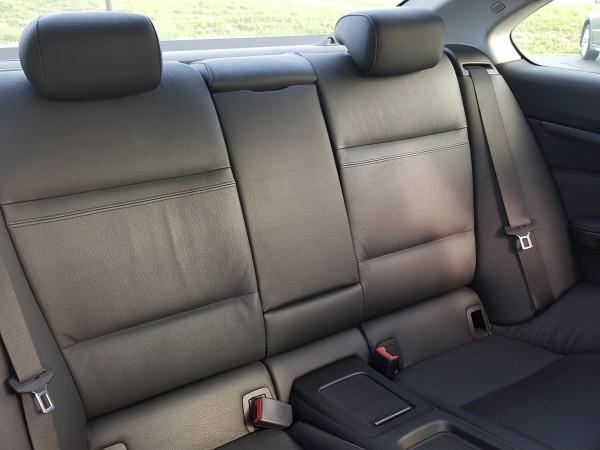
A week after three MBA students were killed in a road accident at Bengaluru in Karnataka, preliminary investigations have revealed that the trio sitting on the back seat of the vehicle would have survived if they wore seat belts.
Three girls were killed while two others were injured when the driver lost control of the vehicle while trying to answer a phone call. The car turned turtle on the NICE corridor near Begur Koppa Bridge. The deceased girls — Harsha Srivastav, Shruthi Gopinathan Nair and Arshia Kumar and the two injured — Praveen Chakravarthy and Pavit Kohli — were students of Alliance University in Anekal.
The police said that Chakravarthy, who was driving the car, and Kohli survived the crash as they were wearing seat belts, The Times of India reported.
The accident has prompted many to rethink whether seat belts on the rear seats of four-wheelers should be made mandatory.
What happens when a car crashes?
Experts have said that back seat passengers are more prone to thrown out through the front, rear and side windows during a car crash.
This happens due to Newton's first law of motion. Though the car traveling at a certain speed has come to a rest due to an accident or sudden appliance of brake, people and objects inside the car are flung towards the front, as your body is still in motion. The force with which you will get hurled towards the front is directly proportional to the speed of your car.
Here's a video to depict the effects of a crash
Seat belts in back seats can save lives
In India, the Motor Vehicles Act 1988 says that car manufacturers should provide safety belts even for rear seats. However, it is only compulsory for the driver and the person in the adjacent seat to wear it.
Therefore, in all Indian states, the traffic police only nabs the driver and the front seat passenger for not wearing seatbelts. Violators have to pay a fine of Rs 100.
However, many are of the opinion that just like belts on the front seats of the car have proven to saves the lives of many, the survival rate of passengers seated on the rear of the vehicle will also improve if belts are made mandatory for them as well.
"Accidents are unfortunate, but their severity can be reduced through safety equipment like seatbelts. Some vehicle segments provide rear seat belts, which can be a life savior," Roshan Toshniwal, a road expert, was quoted as saying by TOI.

In 2014, when politician Gopinath Munde died in a road accident, Union minister Harsh Vardhan had said that the former would have been alive had he worn a seat belt.
"Most people think that the back seat belts are for decoration. The fact is that wearing a back seat belt is as necessary as wearing the ones on the front seat. They save lives," Vardhan had said.
Vardhan, who is in charge of the Ministry of Science and Technology, Ministry of Environment, Forest and Climate Change and Ministry of Earth Sciences, had also quoted a UK research to stress on the necessity of wearing seat belts in back seats.
What did the study say?
![Road accidents. [Representational Image] bus accident](https://data1.ibtimes.co.in/en/full/683090/bus-accident.jpg?h=450&l=50&t=40)
"A UK research has shown that wearing a seat belt reduces the risk of fatal injury to front-seat car occupants by 45 percent and risk of moderate-to-critical injury by 50 percent. For those riding in the rear of vans and sport-utility vehicles, rear seat belts are 73 percent better at preventing fatalities. Also, kids are likely to be buckled 92 percent of the time when adults in the car use seat belts, as opposed to 72 percent of the time when they don't," said Vardhan.
It is indeed difficult to spot people not wearing belts on the front and back seats of their cars on a busy road. Laws too won't ensure 100 percent compliance until all passengers in a vehicle take it upon themselves to wear seat belts.
















